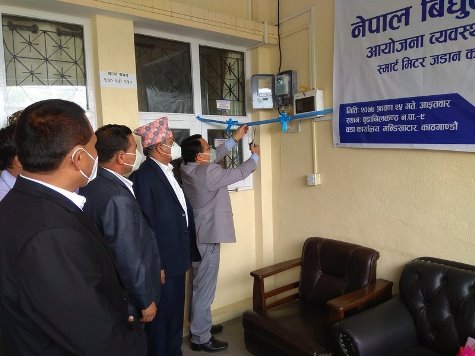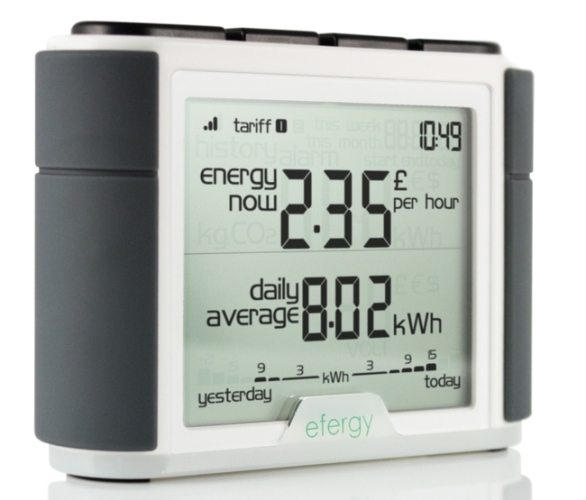
NEA starts implementing Smart electricity meters in Kathmandu Valley
"NEA Smart meter will be the biggest deployment use case of IoT/M2M in our country."
Nepal Electricity Authority (NEA) Smart meter will be the biggest deployment use case of IoT/M2M in Nepal as of now. The implementation comes into effect as a part of a project called Kathmandu Valley Smart metering project (KVSM). Now, NEA will put a smart electricity meter for the new electrification request.
The smart meters enables real-time data monitoring of the energy usage at each offices or home. They can even connect or disconnect the electricity supply remotely. The smart meters are also called TOD meters (Time of Day). Which allows charging the electricity rate differently at different times. They can perform meter readings remotely without the need to send NEA employees to customers' homes. The data is collected to the central server of the system through GSM/GPRS connectivity. The Smart meters have an RF module to send the data to the server at regular intervals.
“The installation of the smart meter can improve efficiency and modernize the service provided by the state. This is a milestone towards meeting the government’s target to make prosperous Nepal and Happy Nepali,” said Minister Pun while addressing the program.
Minister Pun added that the NEA is working to beautify cities by installing an underground distribution system.
“As there will be post-paid and pre-paid options in the smart meter, the tariff can be paid as per the wishes of a consumer through an online bill,” said Kul Man Ghising, Managing Director of NEA.
Advantage of Smart Meters installation
-- Authority can cut the lines remotely of those consumers who do not pay tariffs on time
--Leakage caused by the traditional meter readers can be manipulated
-- Electricty theft can be reduced drastically
-- Consumer will get meter reading without human intervention (no need of meter readers)
--Better management of power outages by NEA
What is smart meter & how works?
Smart Meters are the electronic device that replaces the traditional meters for several utilities. They have an RF module inside the meters which sends the consumed unit information to the server on regular interval through several connectivity options like WiFi, non-cellular IoT and cellular connectivity (2G, 3G, & 4G, etc).

After collecting data from customer meter data management software will analyze the data for several reports or predictions of the loads, customer consumption details on 24 hrs basis Using the 2G or 3G or 4G connectivity, the smart meter sends the usage units data to the server periodically.
Prepaid metering
The software needs to continuously monitor the energy consumption of the prepaid meter, also sending low credit notifications. Currently, they perform the billing of the most meters as post-paid where the meter readers visit customer premises for manual billing. Nowadays your home internet/mobile is working as a prepaid module.
As you noticed such SMS low credit notification from respective service providers. Customers can also view the consumption details including current and the historical data, either through a web portal or a mobile app. NEA can also deploy prepaid billing where the system reduces the available credit based on consumption.
NEA has partnered with the government-owned telco, NTC (Nepal Telecom) to provide the SIM card for cellular data connectivity.
Also Read:
TOP 5 PHONES UNDER 50K IN NEPAL WITH PRICE AND SPECS
TOP 5 SUVS IN NEPAL IN 2020 | UPDATED PRICE
TOP 3 APPS EVERY NEPALI SHOULD HAVE
PROBABLY NEPAL'S FIRST HEAVY BIKE GROUP RIDING
PARK KTM APP, A SMART PARKING SYSTEM IN KATHMANDU NEPAL
TOP 5 PHONES UNDER 30K IN NEPAL WITH PRICE AND SPECS









